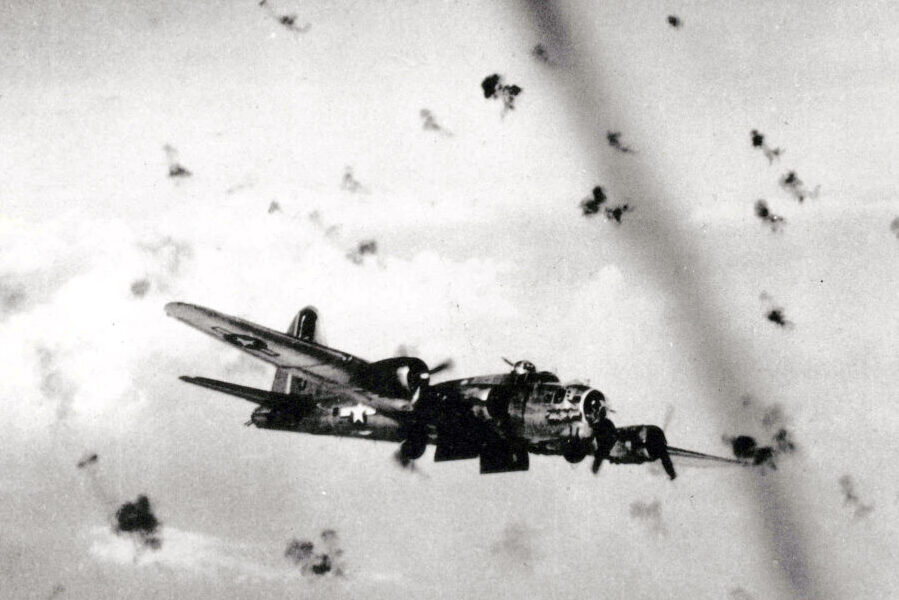Nate* had been flying for over 20 years when he approached me for help. Nate is a very fit individual and had been performing a particularly challenging workout when he suddenly had shooting pains running from his neck down to his arms. Accompanying the pain was numbness and tingling down to both hands. There was no trying to deny or hide this; he knew it was bad and it wasn’t going to get better on its own.
Nate knew that he wasn’t safe to fly in this condition. He felt “off” and had to be very careful how he moved to avoid exacerbating his symptoms. Trying to handle cockpit functions with these symptoms was going to be impossible.
Nate ended up removing himself from flying duties while he pursued the best treatment options available. His primary goal was to be able to live as normal of a life as possible, but he also wanted to be able to keep flying if he could.
His full evaluation revealed that he had weakness in his arms as well and he was diagnosed with a nerve impingement in his neck – cervical radiculopathy. MRI results showed a narrowing of the canals in his spine which was causing pressure on the nerves, primarily ones that were related to sensation and muscle control of his arms.
This was not surprising given his symptoms, but it provided the definitive anatomical reason for what he was experiencing.
A major concern he had about being able to fly was that this was not his first time having these symptoms. You see, something similar occurred 10 years prior. He went through invasive surgery, successfully recovered, and eventually regained his medical clearance, but given this was now a repeat issue he was concerned that things may not go as well a second time around.
Having recently moved to a new city and having lost contact with the doctor who assisted him 10 years earlier, Nate was also concerned about how to even proceed with regard to his flight clearance.
Nate and I have known each other for over 20 years, but we hadn’t seen each other since college and we had lost track of each other as people often due. As he started looking for guidance he found out that I ended up transitioning to medicine and reached out to me for help.
We discussed a plan that was based on his ability to return to normal functioning. Nate scheduled his surgery knowing we had a game plan ready. After his surgery, Nate spent some time in physical therapy and was quickly able to return to his previous level of function – all of those new symptoms had gone away.
A major part of our plan was to have Nate obtain copies of all medical records associated with his initial symptoms through his recovery. As you can probably imagine, this is a large amount of paperwork, much of it not directly pertinent to what we would need to send in for his qualification. You don’t want to send extraneous information in cases like these.
For one, you don’t want the case reviewers to have to take the time to sift through everything, which can cause delays. Another reason is that information they aren’t familiar with may be misleading and cause them to request additional details, which would also cause delays.
In addition to Nate gathering all of the records I reached out to several key physicians associated with his care to ask if they would be willing to include specific language in their final assessments.
I asked them if they would use specific language attesting to not only his symptom resolution but their professional opinion as to the likelihood of spontaneous recurrence and risk of flying as it relates to their area of expertise.
Obtaining medical certification is all about assessing the risk of the person flying. You want a concise and well-organized story laid out before the certifying officials. You don’t want fluff.
You do want direct recommendations with evidence to support those recommendations. Taking all of the records that Nate obtained I was able to pare it down to the essentials and create the type of submission package which the certifying officials are hoping to receive.
With all the information provided up front, I let the certifying officials know that this case was going to be sent to them and that they should find everything they need to be included. Nate received his clearance in short order and was back to flying!
Some key aspects of this case include Nate removing himself from flight status when he knew he was unsafe to fly. Getting help for his medical certification on a complicated issue in advance to avoid lost time. And not going in for his new medical until he was back to flying condition. All of these things led to a safe and quick return to flying status.
* Name changed to preserve anonymity.





